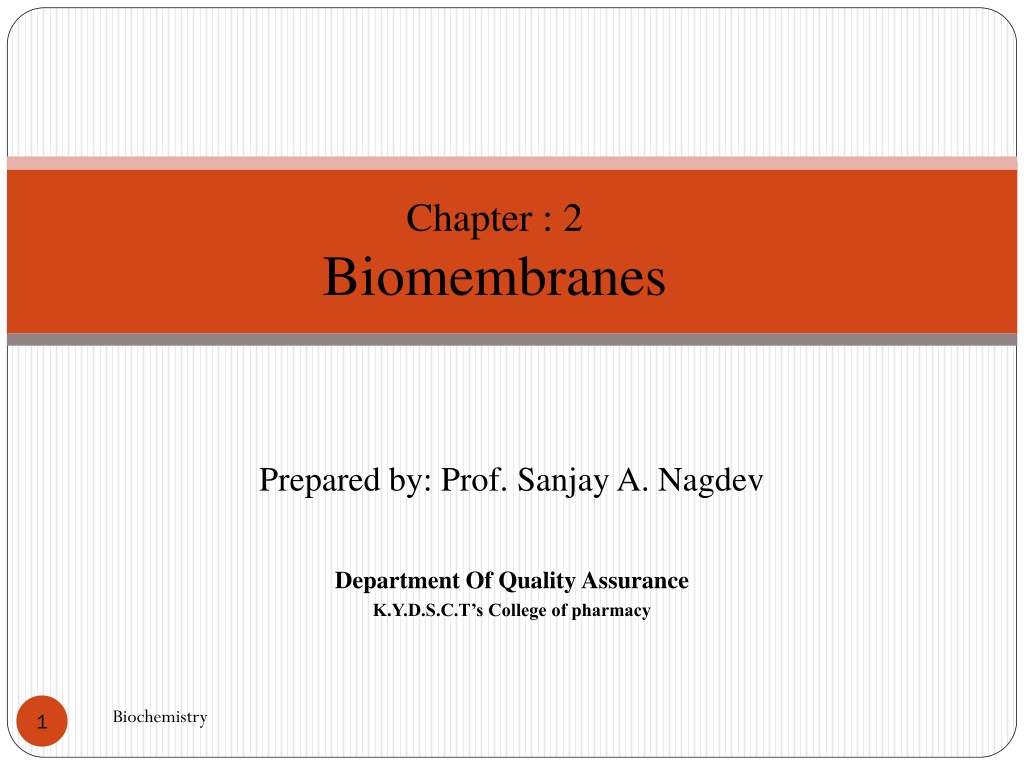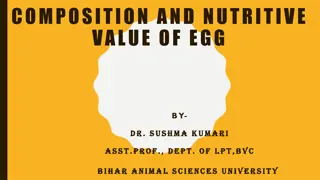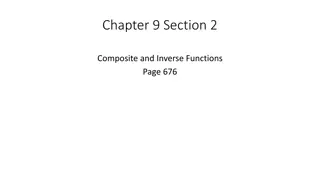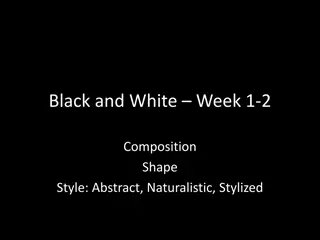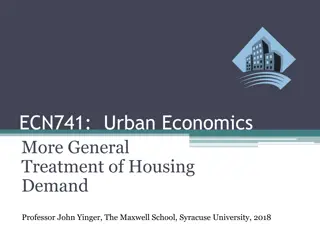Understanding Biomembranes: Composition, Structure, and Functions
Biomembranes, specifically the plasma membrane, play a crucial role in cell function by separating and protecting the cell, facilitating communication with the environment, and regulating transport processes. Composed of lipids, proteins, and carbohydrates, membranes have a fluid mosaic structure with various types of membrane proteins. The transport across membranes occurs through processes like passive diffusion, facilitated diffusion, and active transport. Understanding the composition and structure of biomembranes is essential for comprehending their functions in cellular physiology.
Uploaded on Sep 25, 2024 | 0 Views
Download Presentation

Please find below an Image/Link to download the presentation.
The content on the website is provided AS IS for your information and personal use only. It may not be sold, licensed, or shared on other websites without obtaining consent from the author. Download presentation by click this link. If you encounter any issues during the download, it is possible that the publisher has removed the file from their server.
E N D
Presentation Transcript
Chapter : 2 Biomembranes Prepared by: Prof. Sanjay A. Nagdev Department Of Quality Assurance K.Y.D.S.C.T s College of pharmacy Biochemistry 1
The Plasma membrane is an envelop surrounding the cell. It separates and protect the cell from the external environment. Plasma membrane also provide a connecting system between the cell and its environment . Biochemistry 2
Chemical Composition: The membranes are composed of lipids, protein and carbohydrates. The actual composition differ from tissue to tissue. Among the lipids, amphipathic lipids (containing hydrophobic and hydrophilic groups) namely phospholipids, glycolipids and cholesterol are found in animal membranes. Many animal cell membranes have thick coating of complex polysaccharides referred to as Glycocalyx. Biochemistry 3
Structure of membrane: Fluid mosaic model proposed by Singer and Nicolson is a more recent and acceptable model for membrane structure. The biological membrane usually have a thickness of 5 8 nm. A membrane is essentially composed of a lipid bilayer. The hydrophobic (nonpolar) region of the lipids face each other at core of the bilayer while the hydrophilic (polar) region face outward. Biochemistry 4
In 1972, Singer & Nicolson proposed that membrane proteins are inserted into the phospholipids bilayer Membrane proteins are categorized into two Groups: 1. Extrinsic membrane proteins: They are loosely held to the surface of the membrane and they can be easily separated. e.g. cytochrome c of mitochondria. 2. Intrinsic membrane proteins: Theyare tightly bound to the lipid bilayer and they can be separated only by the use of detergent or organic solvents e.g. hormone receptors. Biochemistry 5
Structure of Membrane: Biochemistry 6
Transport across the membranes Transport across the membrane takes place by: 1. Passive diffusion 2. Facilitated diffusion 3. Active transport Biochemistry 7
1. Passive Diffusion This is a simple process which depends on concentration gradient of a particular substance across the membrane. Passive transport is the diffusion of substances across a biological membrane. This occurs without the use of cellular energy. Biochemistry 8
2.Facilitated diffusion This is somewhat comparable with diffusion solute moves along the concentration gradient (from higher to lower concentration) and no energy is required. But the most important distinguishing feature is that facilitated diffusion occurs through the mediation of carrier or transport protein. Specific carrier protein for the transport of glucose, galactose, leucine, ph nylalanine etc.have been isolated and characterized. Biochemistry 9
Mechanism of facilitated diffusion A ping pong model is put forth to explain the occurrence of facilitated diffusion. According to this mechanism, a transport protein exists in two conformation, in the pong conformation it is exposed to the side with high solute concentration. This allow the binding of solute to specific sites on the carrier protein. The protein then undergoes a conformational change(ping state) to expose to the side with low solute concentration where the solute molecule is released. Biochemistry 10
3.Active transport Active transport occurs against a concentration gradient and this depend upon the supply of metabolic energy (ATP). Active transport is also carrier mediated process like facilitated diffusion. The most important primary Active transport systems are ion pumps. Biochemistry 11
Na+- K+ pump: The cells have high intracellular K+ Concentration and low Na+ concentration and this is essentially needed for survival of cell. High cellular K+ is required for the optimal Glycolysis (pyruvate kinase is depend upon K+) and for protein biosynthesis. Further Na+ and K+ gradients across plasma membrane are needed for the transmission of nerve impulses. Biochemistry 12
Na+-K+ pump is responsible for the maintenance of high k+ and low Na+ concentration in the cells. This is brought about by an integral plasma membrane protein, namely the enzyme Na+-K+ ATPase. It consist of two and two subunits which may be represented as [ ]2 . Na+-K+ ATPase: pumps 3Na+ ions from inside the cell to outside and bring 2k+ ions from outside to inside with a continuous hydrolysis of intracellular ATP. Biochemistry 13
